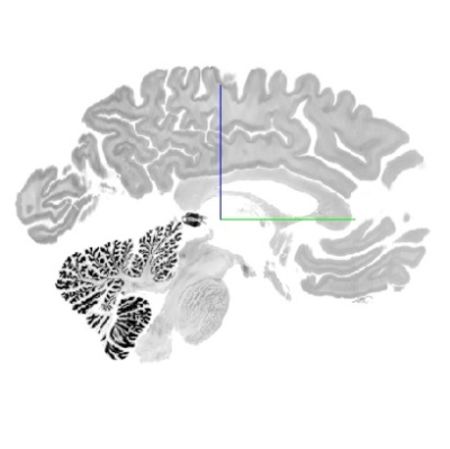A new collaboration between German and Canadian institutions has been launched with a goal to develop a high-resolution 3D map of functional neuroanatomy using artificial intelligence and high-performance computing.
You might also like:AI in medical imaging may make the biggest impact in healthcare
The new project, named the Helmholtz International BigBrain Analytics and Learning Laboratory (HIBALL), isa collaboration between McGill University and Forschungszentrum Jülich,led by Katrin Amunts of the European Human Brain Project (HBP), and Alan Evans of Canada’s Healthy Brains for Healthy Lives initiative.Its broad aim is to “reinforce[e] utilisation and co-development of the latest AI and high-performance computing (HPC) technologies for building highly detailed 3D brain models.”
With the help of machine and deep learning technologies, it aims to createnext-generation microscopic human brain models based on the BigBrain model first published in 2013. Back then the authors, including Amunts and Evans, presented an ultrahigh-resolution (20 µm) three-dimensional reconstruction of a human brain derived from 7,404 histological sections, ie a human post-mortem brain was sectioned, stained for cell bodies, scanned at very high resolution, and then digitally reconstructed in 3D.
Aiming to extend this model and integrate multimodal data, HIBALL hopes to see the applications of its prospective models in neuroimaging, AI research and brain-inspired computing, and multi-scale brain simulation.
The new lab will closely cooperate with initiatives in Canada and Europe in the field of AI and brain health and build on resources such as EBRAINS Atlases and FENIX.
Source: Human brain Project
Image credit: hbp.eu



























